Value of Design Award
University of Auckland, School of Architecture and Planning; Faculty of Medical and Health Sciences; and Centre for E-Rsearch XR Tumour Evolution Project
-
Pou Auaha / Creative Directors
Michael Davis, Ben Lawrence, Uwe Rieger
-
Ringatoi Matua / Design Directors
Bianca Haux, Daniel Hurley, Yinan Liu, Rose McColl, Cristin Print, Tamsin Robb, Braden Woodhouse
-
Ngā Kaimahi / Team Members
Cherie Blenkiron, Sina Masoud-Ansari, Kate Parker, Jane Reeve, Rachel Stanton, Peter Tsai, Yvette Wharton, Charlotta Windahl, Nick Young
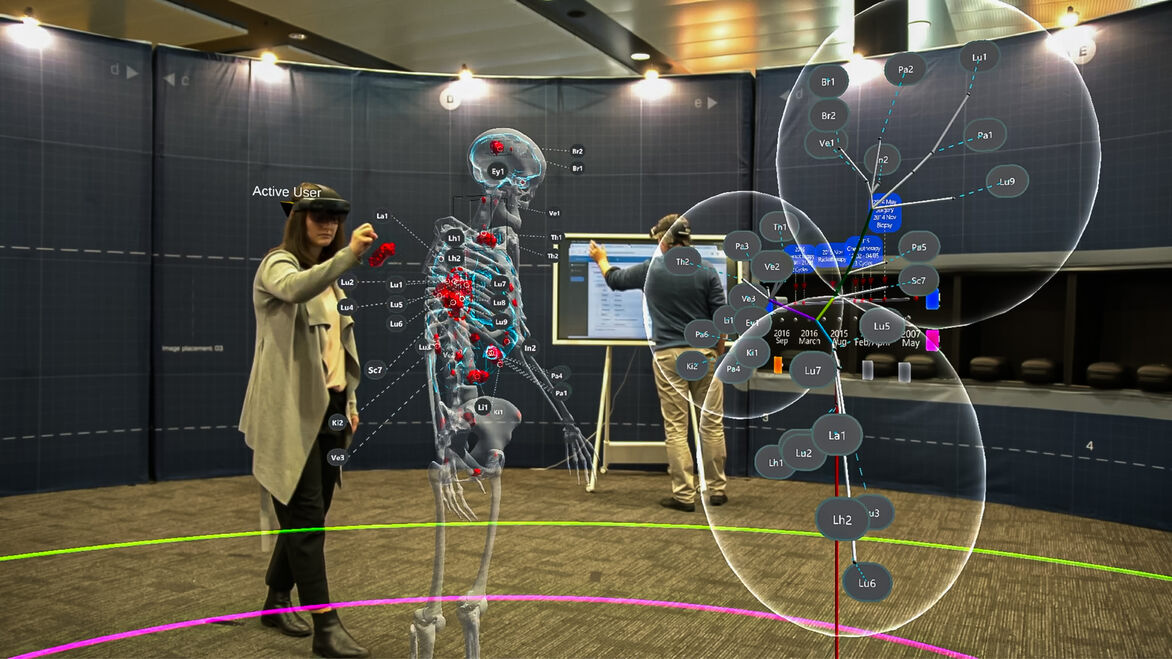
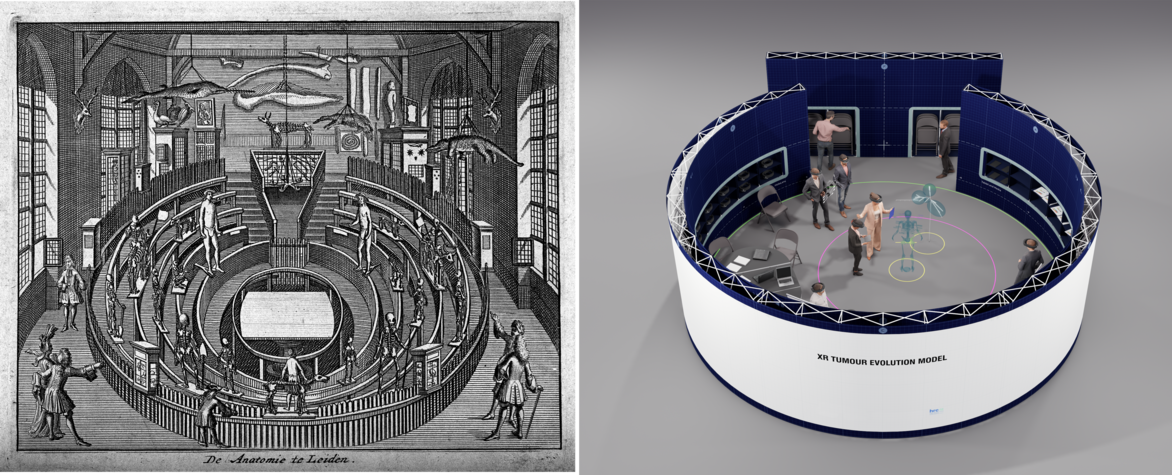

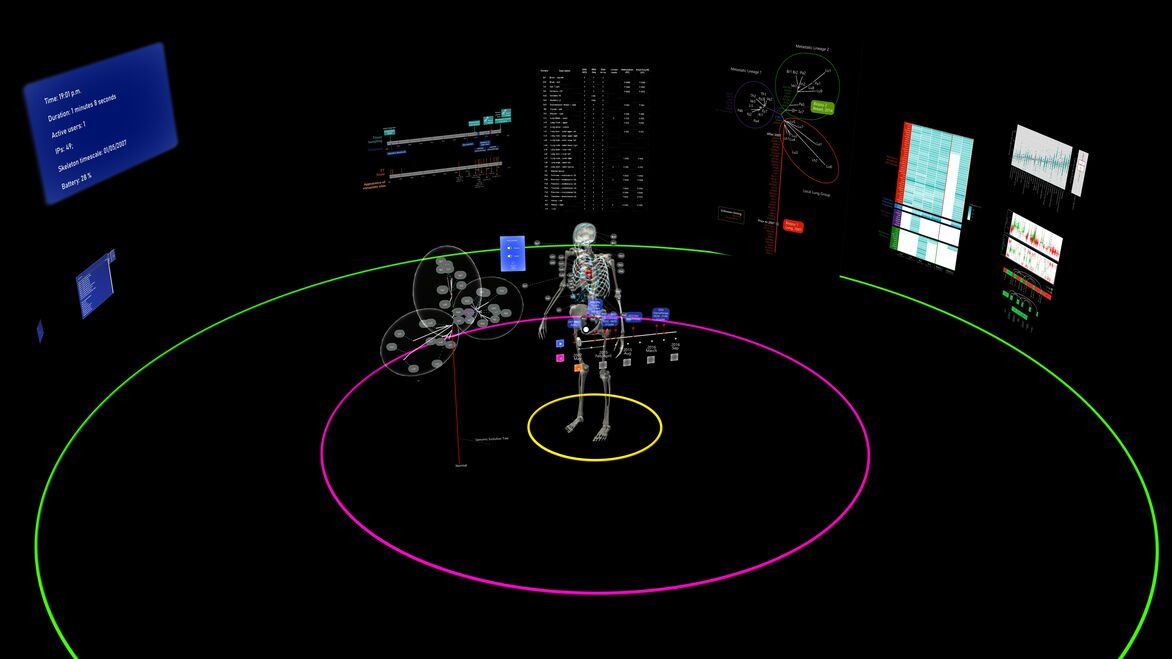
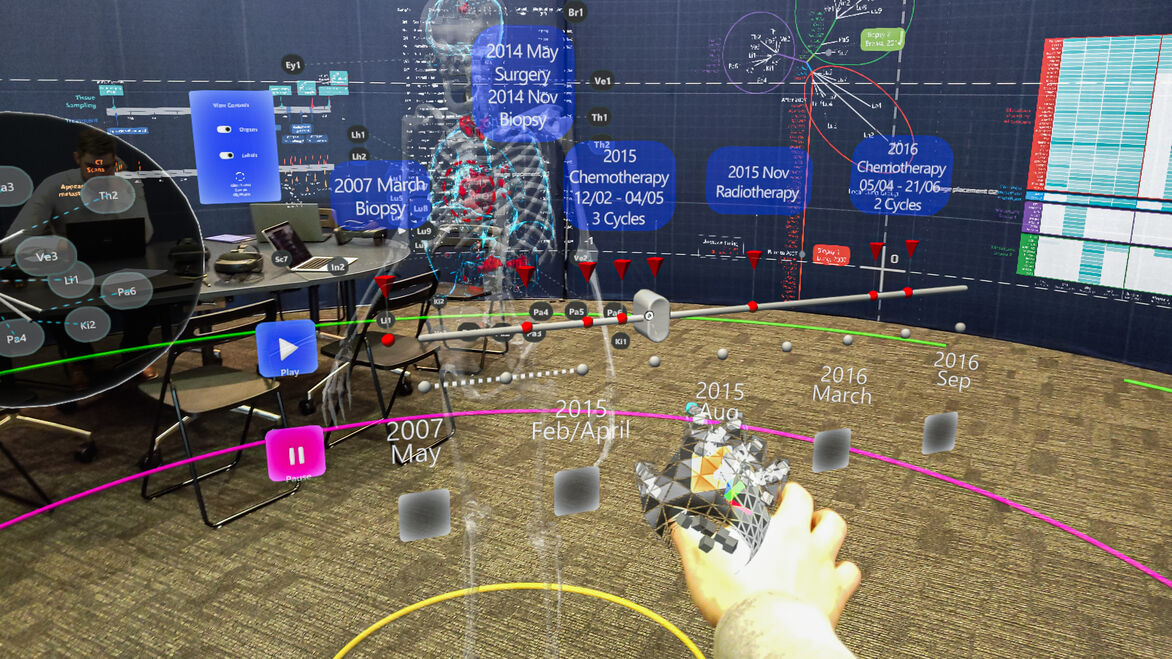
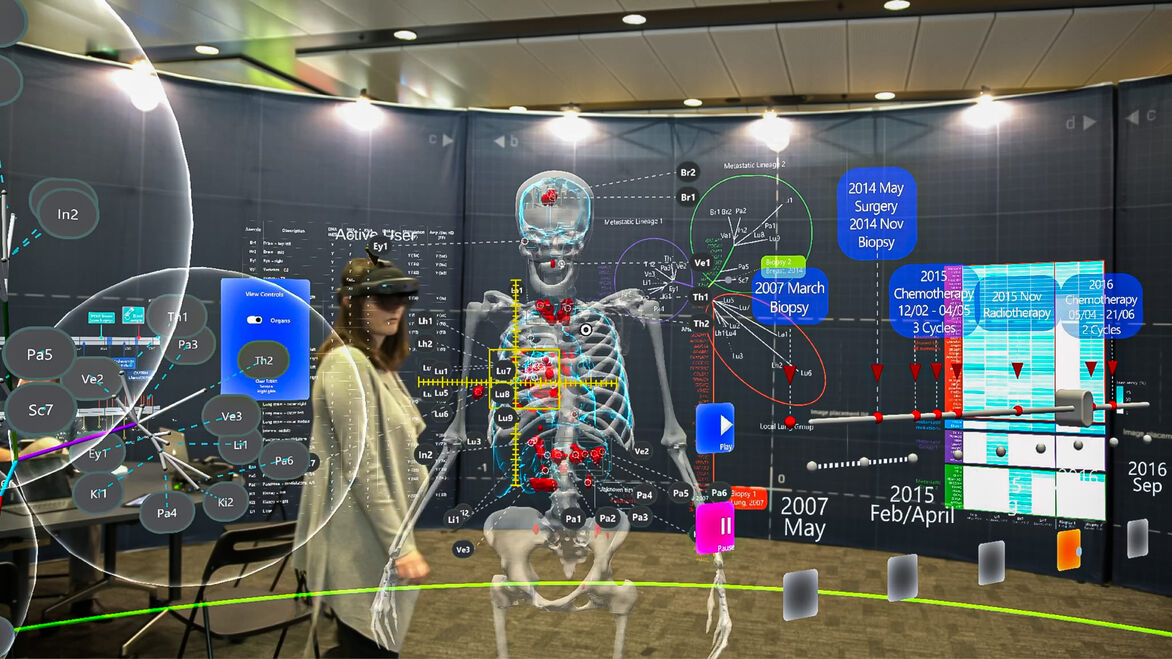
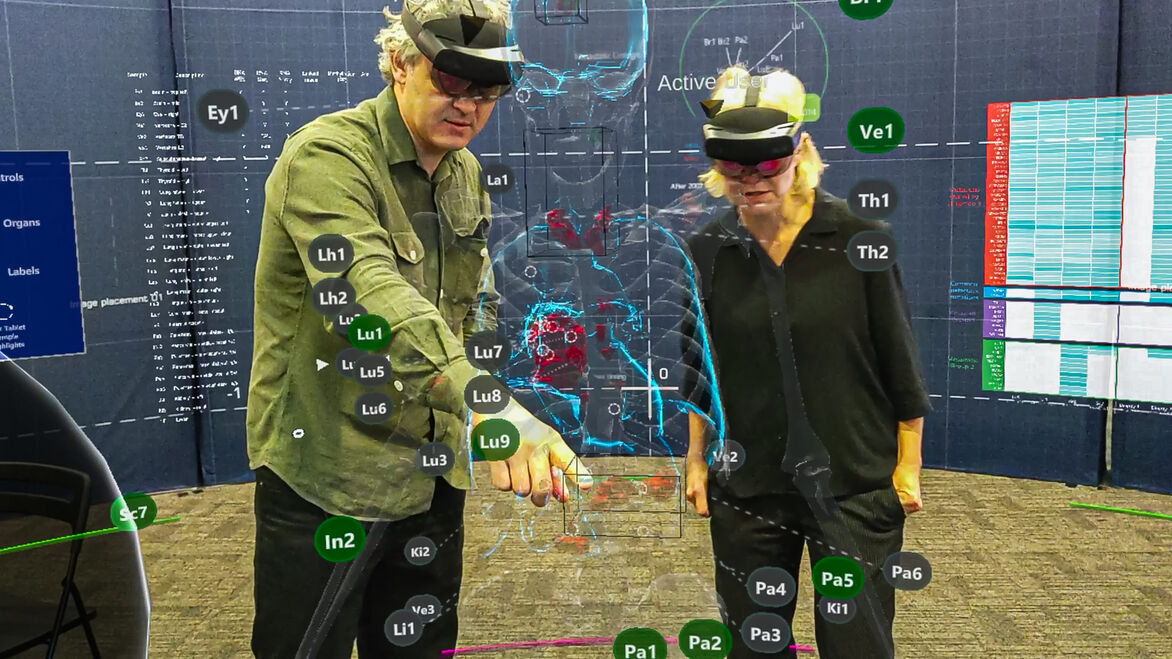
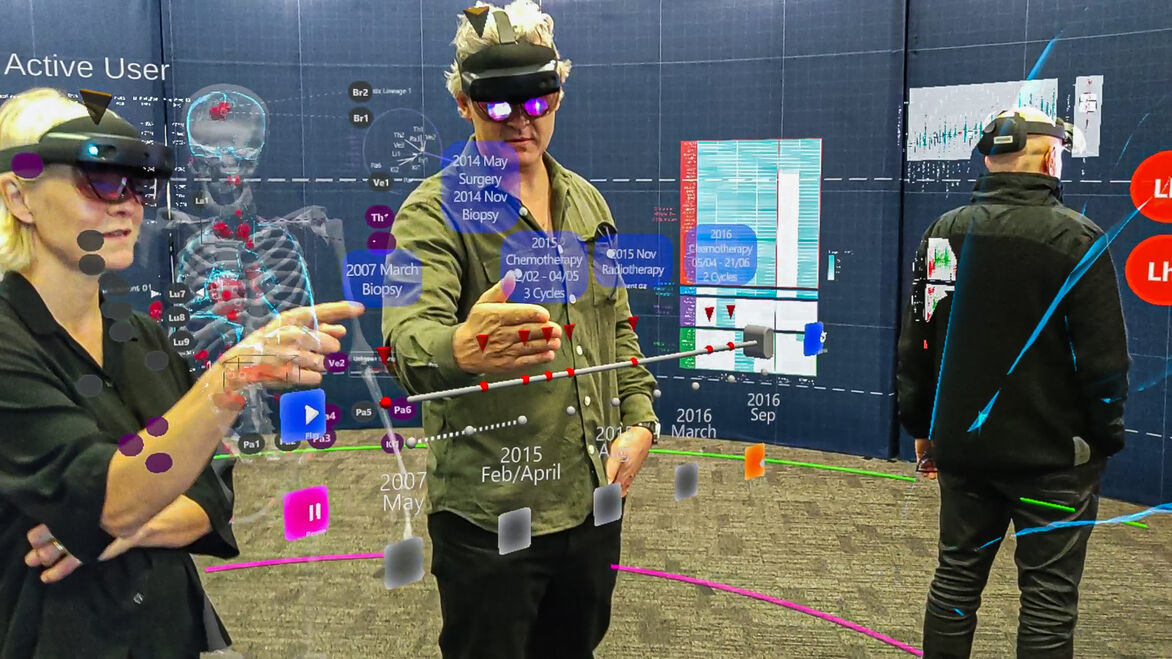
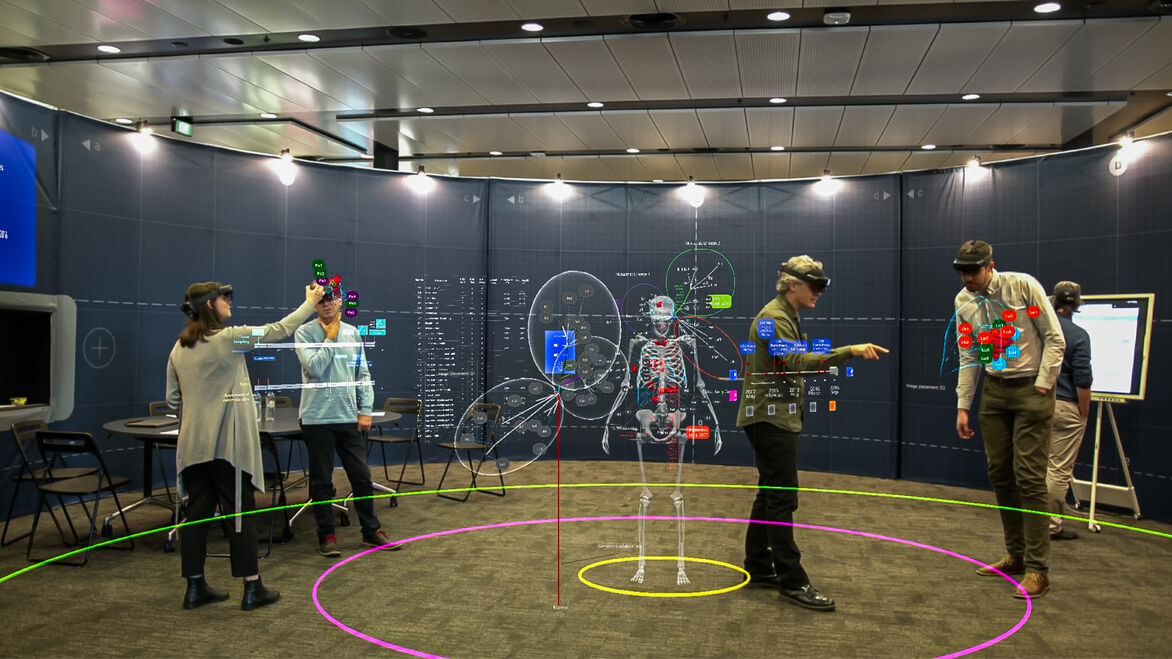
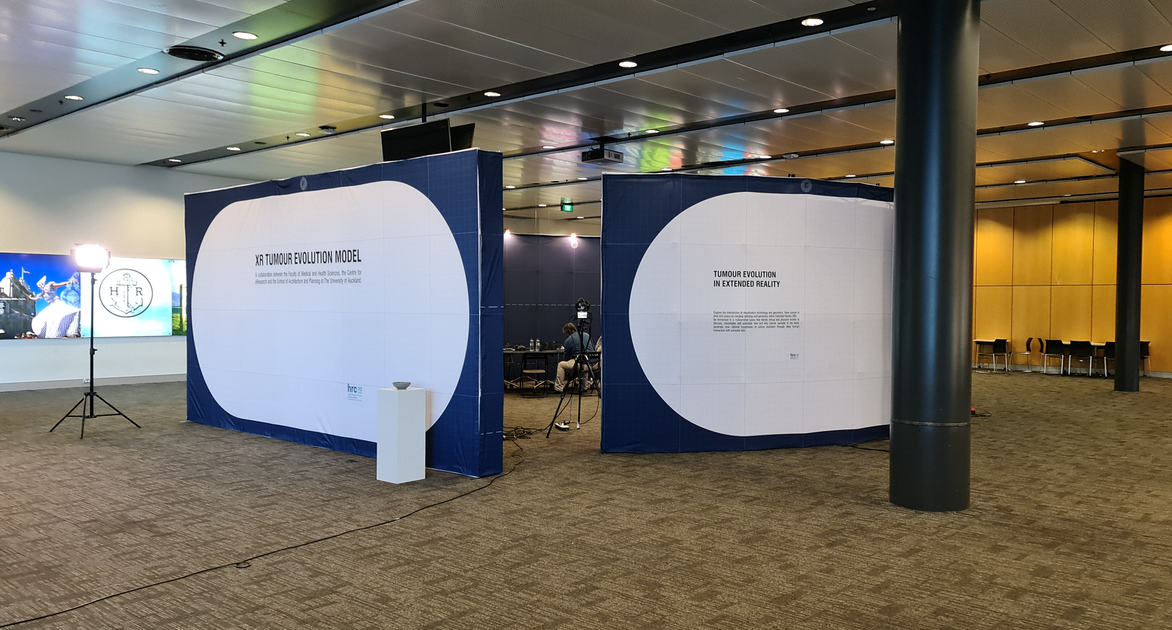
Description:
The XR Tumour Evolution Project (XRTEP) is a unique, real-world application of design in cancer research. It is enabled by a rare inter-disciplinary collaboration between architects, cancer clinicians, scientists, and technologists.
The challenge: A patient with inoperable cancer donated their tissue for an investigation into the progression of their disease. At the time of their passing, they had 89 separate tumours. Each was genome-sequenced, yielding precise detail about how cancer had moved through their body. The volume and complexity of the information obtained posed new challenges in representing data. Also at issue, was shifting and strengthening relations between the various, siloed disciplines working with that data to contribute to cancer research. The problem was visual, spatial, temporal, and social. How could a four-dimensional conundrum be solved by scattered experts on two-dimensional computer screens? This was a design problem to be pursued in collaboration with spatial practitioners.
The solution: XRTEP is an immersive, extended-reality arena, experienced via Microsoft’s HoloLens 2. It draws on front-line architectural research, technology and practice in combining a new mode of human-computer interaction (where physical and digital components are interlinked) with traditional spatial-material practices.
The space is defined by a fabric-skinned, light-weight foldable structure 3 metres high by 8.5 metres in diameter. At its heart stands an interactive holographic model of the patient’s skeleton, organs, and tumours. It is a shared, spatial-temporal index. Linked datasets are arranged in three concentric layers around the model. The disciplinary specificity of the data increases with distance from the model allowing moments of intra- or inter-disciplinary focus at different points in the space.
XRTEP brings together cancer experts and furnishes them with tools and data in space to enable real-time collaboration around how and why cancer spreads in the human body. Researchers watch tumours grow, shrink, and spread over time; discern patterns in the data, and connect them to their spatial origins; and talk. XRTEP provokes discussion and anticipates disagreement. Hypotheses form and reform, through new connections being drawn by and between people, artefacts and data in time and space.
The results: The immediate applications of this research project are in cancer research, followed closely by use in education. XRTEP enables the demonstration of abstract genomic data and relationships in a more accessible manner to public, clinical, and scientific audiences. It also presents commercial opportunities. Within view is the potential for a tool that will let clinicians and patients visualize and discuss disease and treatment more effectively in real-time, either in person or remotely.
By design, XRTEP spatializes the practices and socializes the expertise of cancer researchers, the potential of which would otherwise lie latent behind distributed computer monitors. It shifts the paradigm through which such work is conducted and sets in place foundations for future inter-disciplinary collaboration.
Through its success, XRTEP makes a bold claim for the inclusion of spatial designers in inter-disciplinary teams – to enable the spatialisation and socialisation of the practices and expertise of other disciplines – attending to other wicked problems we collectively face.